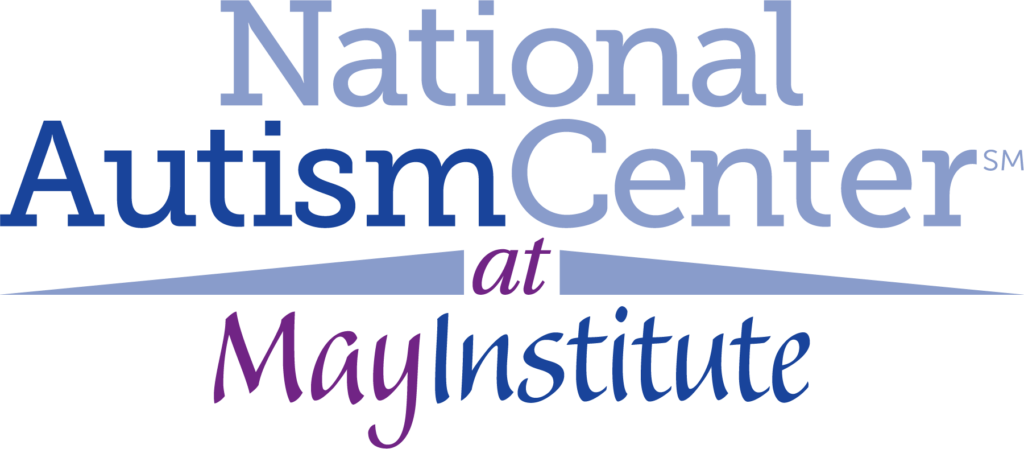Recent posts
Commentary: Joint Statement from the National Autism Center and May Institute Regarding CDC’s New Rate of One in 68 Children Identified with Autism Spectrum Disorder
MEDIA RELEASE
Randolph, Mass. – The following joint commentary by May Institute’s President and Chief Executive Officer, and the Executive Director of the National Autism Center, was distributed on the PR Newswire on March 28, 2014.
The statistics recently released by the Centers for Disease Control and Prevention (CDC) about the increase in the prevalence rate of autism spectrum disorder (ASD) in U.S children (one in 68) are startling to some and disturbing to all of us touched by autism.
Within hours of the release, conflicting opinions on the veracity and accuracy of, and meaning behind, these statistics were voiced. Regardless of interpretations, the call to action is clear: 1) renewed emphasis on early diagnosis across all communities, ethnicities, and socio-economic groups; 2) access to treatment at the earliest possible age 3); getting information into the hands of families and caregivers about the most effective treatment options; and 4) increased research to help identify effective treatments for adults with ASD.
We must redouble our efforts to educate families and practitioners about autism’s early warning signs and diagnose children at a younger age. The earlier a child is diagnosed, the better the long-term outcome. Studies show that early diagnosis and intervention during the first years of a child’s life can significantly impact his or her long-term prognosis, particularly in the areas of language and social behavior.
We must also make information universally available about the most effective evidence-based interventions and create easier, faster, and more affordable access to treatment for every child and family that needs it.
But there is more.
The National Autism Center (NAC) is preparing to release the results of its latest study. One of its key findings reveals the alarming lack of scientific studies focused on treatments for adults on the autism spectrum. As the groundswell of children with ASD continues to expand, we face an overwhelming number of individuals with autism moving into and through adulthood.
Adults with ASD often face daunting challenges as they grapple with transitioning into adulthood, finding appropriate housing and services, securing meaningful work opportunities, and building a life integrated into the broader community. These latest findings by the NAC shed light on another serious barrier – a lack of meaningful research of evidence-based interventions for adults.
As if the existing rates of ASD in this country weren’t alarming enough, this new CDC information is a clarion call to expand our efforts as a nation. And these efforts must also include more funding to conduct critical research in order to offer real and meaningful guidance regarding best practices for adults.
Each of these things can and does literally impact lifetime outcomes for too many of us. We must do more.
Hanna Rue, Ph.D., BCBA-D
Executive Director, National Autism Center
Lauren C. Solotar, Ph.D., ABPP
President and Chief Executive Officer, May Institute

